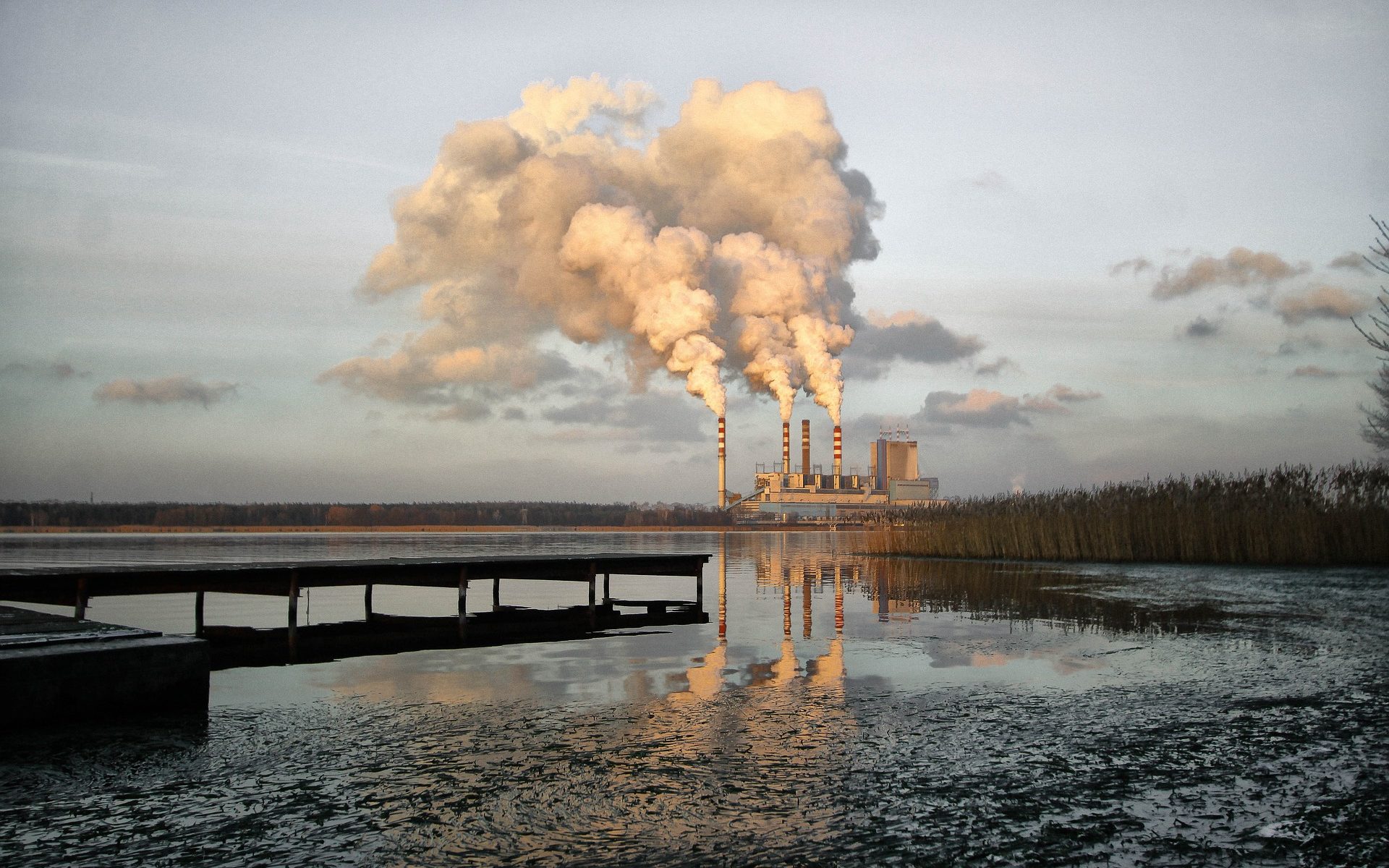Pollution is the introduction of harmful materials into the environment. Landfills collect garbage and other land pollution in a central location. Many places are running out of space for landfills. Many things that are useful to people produce pollution. Cars spew pollutants from their exhaust pipes. Burning coal to create electricity pollutes the air. Industries and homes generate garbage and sewage that can pollute the land and water. Pesticides—chemical poisons used to kill weeds and insects—seep into waterways and harm wildlife. Pollution is a global problem.
The three major types of pollution are air pollution, water pollution, and land pollution.
Natural disasters can also cause air pollution to increase quickly. When volcanoes erupt, they eject volcanic ash and gases into the atmosphere. Volcanic ash can discolor the sky for months. Volcanic gases, such as sulfur dioxide, can kill nearby residents and make the soil infertile for years.
But human activities such as burning fossil fuels and destroying forests have increased the amount of greenhouse gases in the atmosphere. This has increased the greenhouse effect, and average temperatures across the globe are rising. The decade that began in the year 2000 was the warmest on record. This increase in worldwide average temperatures, caused in part by human activity, is called global warming.
Global warming is causing ice sheets and glaciers to melt. The melting ice is causing sea levels to rise at a rate of 2 millimeters (0.09 inches) per year.
Environmental pollution is the unfavorable alteration of our surroundings, wholly or largely as a byproduct of man’s actions, through direct or indirect effects of the changes in the energy pattern, radiation levels, and chemical and physical constitution and abundance of organisms.
Environmental pollution is an incurable disease. It can only be prevented.
Mario Cesare Messina. III C
